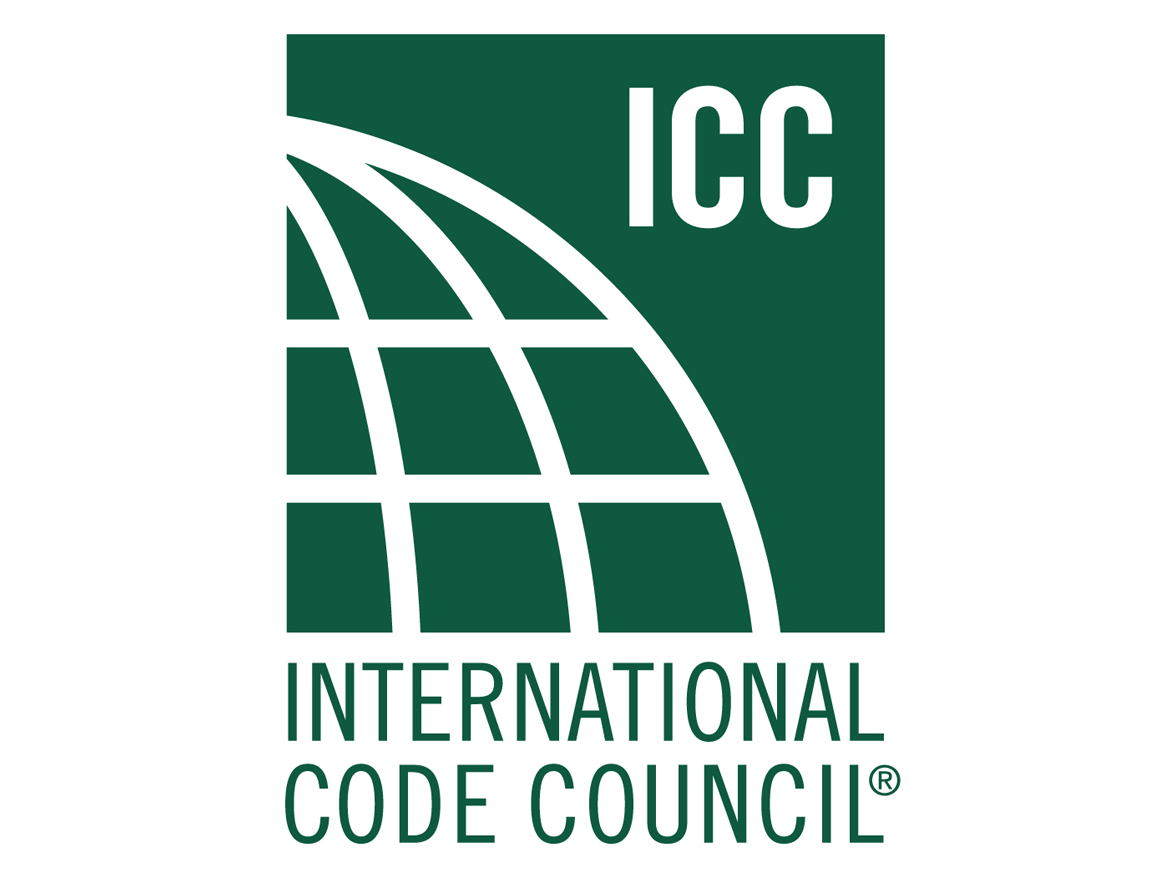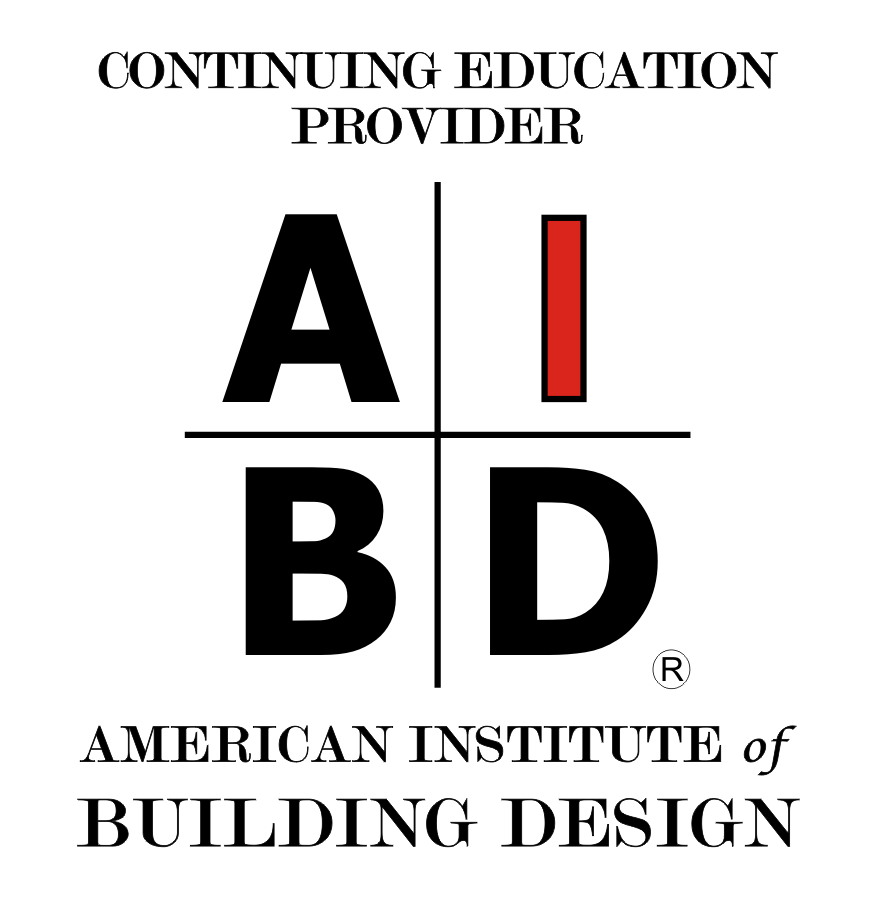Envelope Performance Requirements for Low-Carbon Buildings
Supporting a low-carbon building
Sponsored by NYSERDA | Presented by Dylan Martello, Senior Building Systems Consultant
Webinar On-Demand
Dylan Martello, Senior Building Systems Consultant, Passive House Services - CPHD, will review the envelope characteristics and requirements to support a low-carbon building operationally.
The presentation will be followed by a moderated discussion focused on how the project addresses several key issues.

Photo courtesy of NYSERDA
 |
Dylan Martello, Senior Building Systems Consultant, Passive House Services - CPHD, is a Senior Building Systems Consultant and Certified Passive House Designer with Steven Winter Associates, Inc., specializing in Passive House and Net Zero consulting and energy modeling. On a day-to-day basis, Dylan works with project architects and engineers to assist in the design of extremely energy efficient buildings. His direct project experience includes a range of project types from large multifamily buildings such as 425 Grand Concourse in the Bronx and Sendero Verde in East Harlem, Winthrop Square a high rise office in Boston, a manufacturing facility in Sri Lanka, and Hotel Marcel an all-electric EnerPHit retrofit hotel in New Haven. |
LEARNING OBJECTIVES
- Identify common characteristics of a low-carbon building.
- Explain how enclosure performance requirements support low-carbon schools, offices, and multifamily buildings.
- Describe additional benefits of low-carbon buildings (health and wellness, ventilation, resiliency, all-electric).
- Understand the role of good design and construction QA / QC in achieving a low-carbon building.











